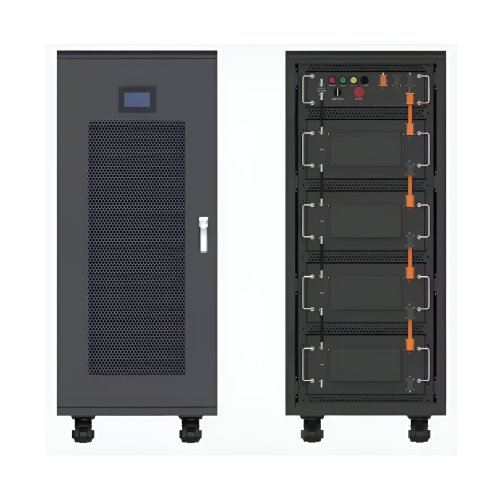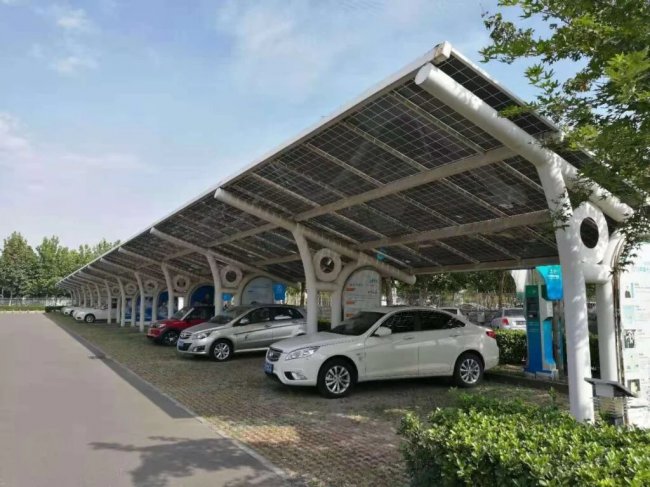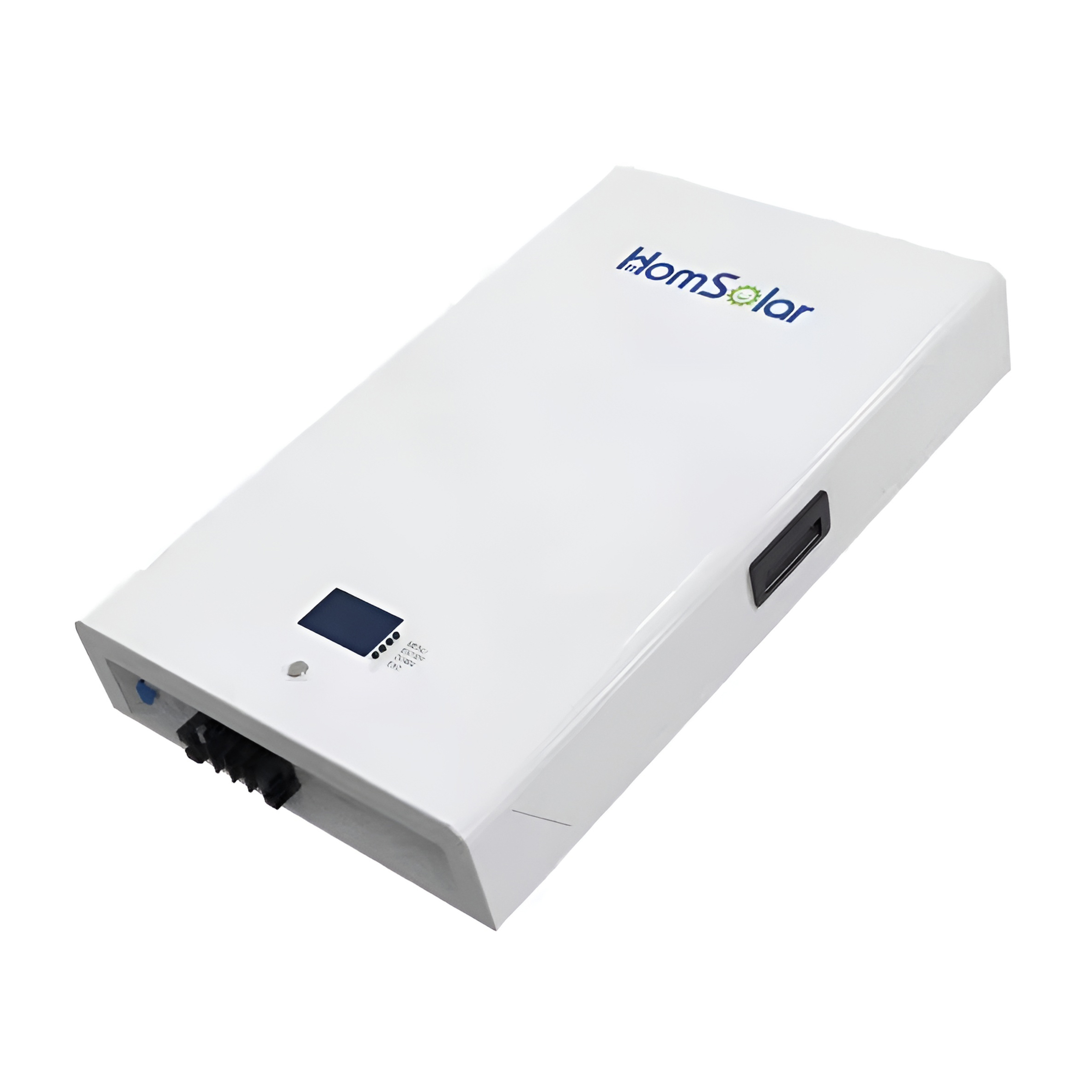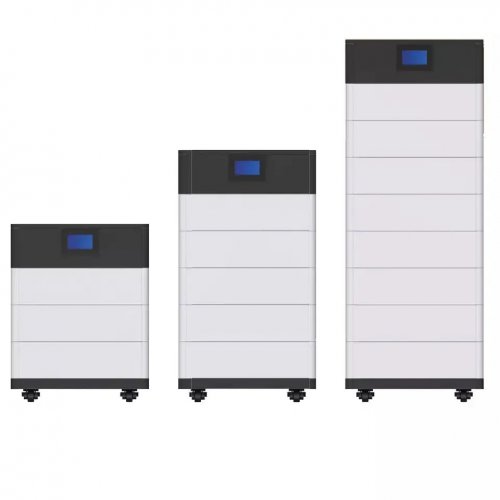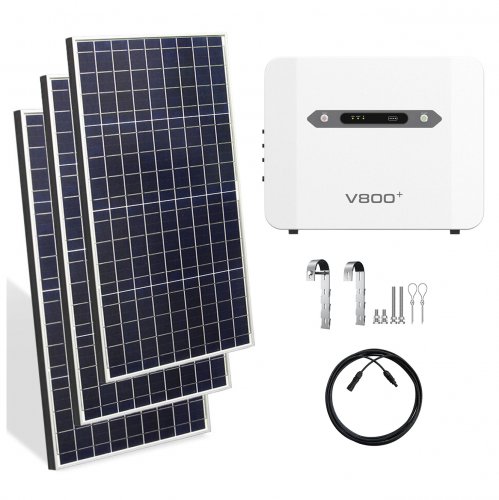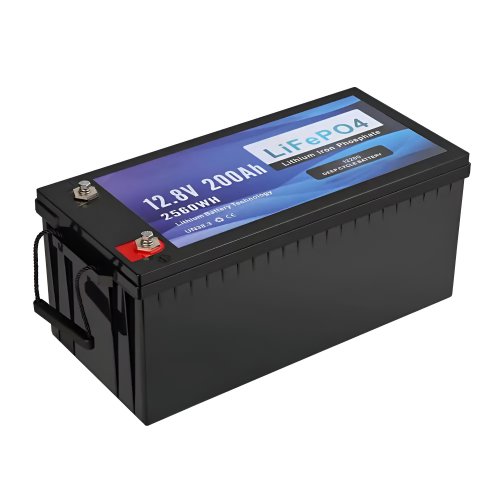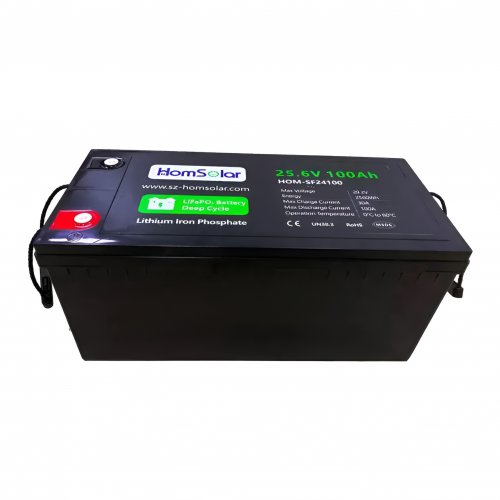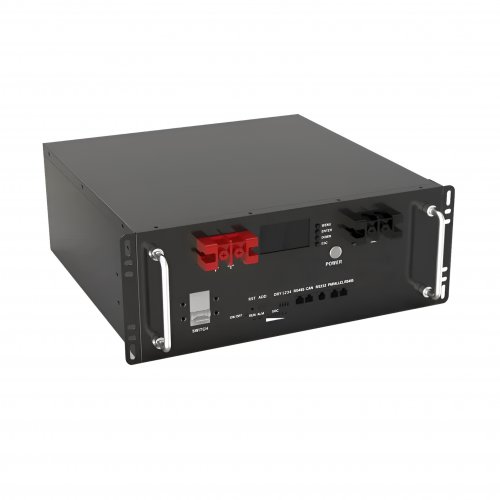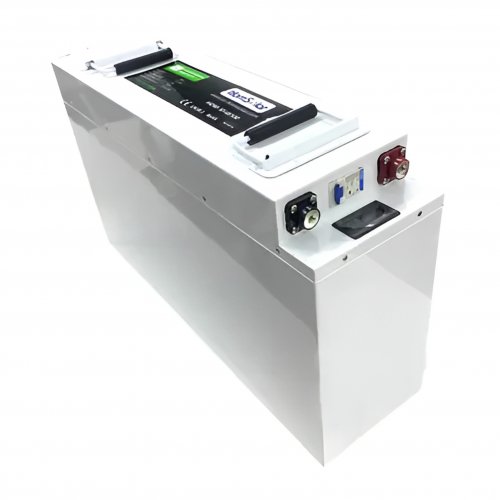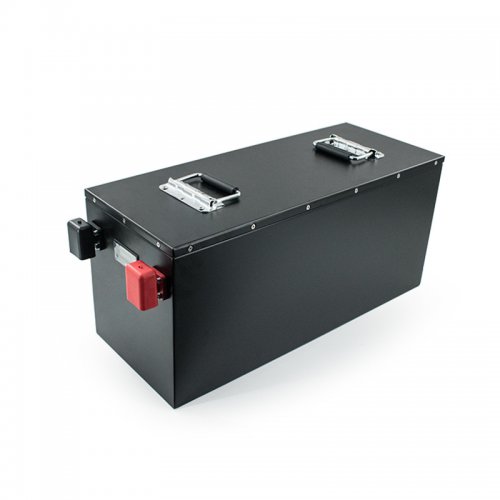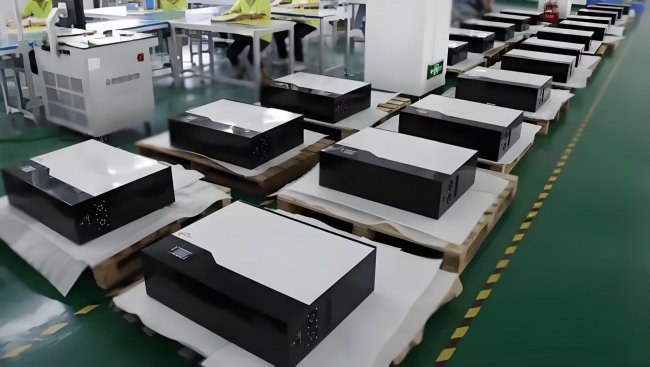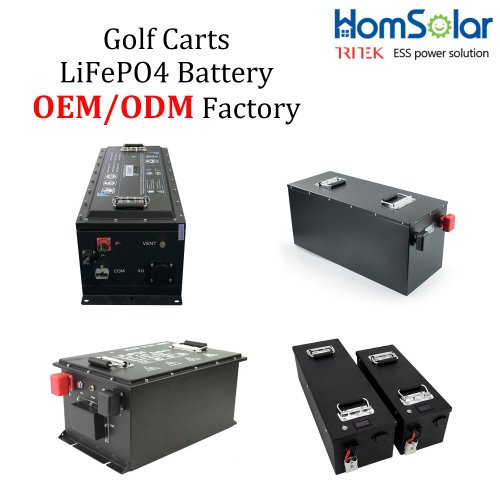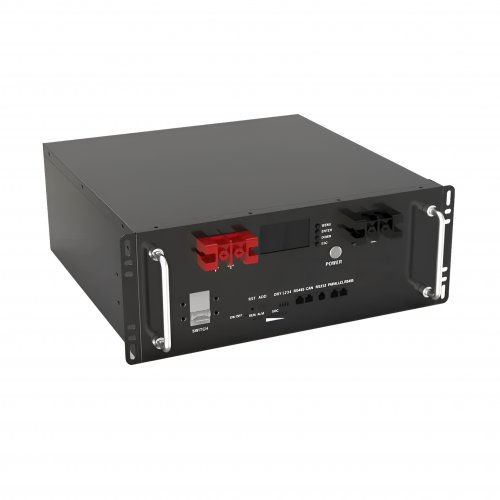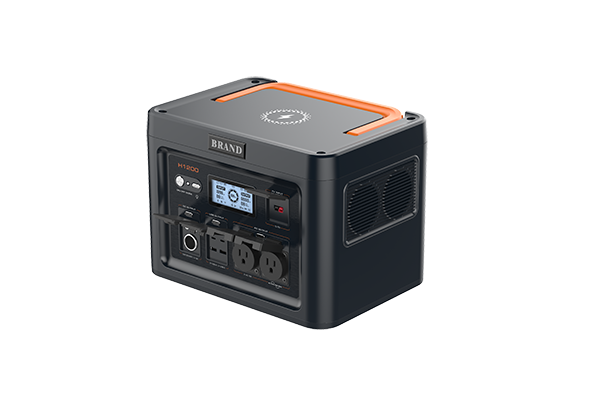Inverted perovskite solar cell based on co-absorbed self-assembled monolayer achieves 24.68% efficiency
Researchers in China have developed an inverted perovskite solar cell based on a hole transport layer (HTL) with a self-assembled monolayer (SAM) aimed at reducing passivating defects and increasing efficiency.
Inverted perovskite cells have a device structure known as “p-i-n”, in which hole-selective contact p is at the bottom of intrinsic perovskite layer i with electron transport layer n at the top. Conventional halide perovskite cells have the same structure but reversed – a “n-i-p” layout. In n-i-p architecture, the solar cell is illuminated through the electron-transport layer (ETL) side; in the p-i-n structure, it is illuminated through the HTL surface.
The research team used SAMs made of 2-chloro-5-(trifluoromethyl)isonicotinic acid, referred to as PyCA-3F, while the HTL was made with [2-(9H-Carbazol-9-yl)ethyl]phosphonic acid (2PACz). A co-adsorbed approach (CA) was used for the SAM application. It consists of growing the perovskite films on 2PACz substrates with and without PyCA-3F.
The cell was built with a substrate made of indium tin oxide (ITO), the 2PACz HTL, a perovskite absorber, an electron transport layer (ETL) relying on buckminsterfullerene (C60), a bathocuproine (BCP) buffer layer, and a copper metal contact.
Tested under standard illumination conditions, the device achieved a “certified” efficiency of 24.68% efficiency, while the control device was 23.3%-efficient. The scientists did not name the third-party entity certifying the result.
The group postulated that the presence of PyCA-3F plays a pivotal role in “mitigating the occurrence of physical nanovoids” at the buried interface. “This notable increase stands as a strategic advantage, contributing to the effective reduction of interfacial traps and nonradiative centers at the buried interface,” it said.
The approach was found to effectively diminish 2PACz’s aggregation, while enhancing surface smoothness and increasing work function for the modified SAM layer, which the researchers said provides a flattened buried interface with a favorable heterointerface for perovskite.
To test the proposed approach on other solar cell technologies, the scientists also fabricated 2PACz/PYCA-3F-based organic solar cells (OSCs). They used an open-air blade coating method to make the p-i-n structured OSC devices. The resulting devices had efficiencies ranging from 17.71% to 19.51%. The best performing OSC was based on PM1:PTQ10:m-BTP-PhC6.
The researchers noted that the OSC samples achieved “one of the best results for open-air blade coating” cast by the co-adsorbed strategy and the novel small molecule acid SAM. They also noted that the method improved the stability of both perovskite and OSC devices. “After a 1000-hour maximal power point tracking, the encapsulated PSCs and OSCs retain approximately 90% and 80% of their initial efficiencies, respectively,” stated the team, adding that the operational stability, as indicated by maximal power point tracking results, underscored the “superiority” of the co-adsorbed approach for both PSC and OSC technologies.
“In summary, our work presents a facile, rational, and effective co-adsorbed strategy to enhance the performance of SAM-based devices, resulting in efficiency breakthroughs for both PSCs and OSCs based on p-i-n device structure, coupled with enhanced operational stability,” the research group said.
The research was recently presented in the paper “Co-adsorbed self-assembled monolayer enables high-performance perovskite and organic solar cells,” published in nature communications. The research team included scientists from China’s Southern University of Science and Technology and Hong Kong Polytechnic University, and the Chinese University of Hong Kong (CUHK).
Customized/OEM/ODM Service
HomSolar Supports Lifepo4 battery pack customization/OEM/ODM service, welcome to contact us and tell us your needs.


HomSolar: Your One-stop LiFePO4 Battery Pack & ESS Solution Manufacturer
Our line of LiFePO4 (LFP) batteries offer a solution to demanding applications that require a lighter weight, longer life, and higher capacity battery. Features include advanced battery management systems (BMS), Bluetooth® communication and active intelligent monitoring.

Customised Lithium Iron Phosphate Battery Casing
ABS plastic housing, aluminium housing, stainless steel housing and iron housing are available, and can also be designed and customised according to your needs.

HomSolar Smart BMS
Intelligent Battery Management System for HomSolar Energy Storage System. Bluetooth, temperature sensor, LCD display, CAN interface, UART interface also available.


Terminals & Plugs Can Be Customized
A wide range of terminals and plugs can be customised to suit the application needs of your battery products.

Well-designed Solutions for Energy Storage Systems
We will design the perfect energy storage system solution according to your needs, so that you can easily solve the specific industry applications of battery products.



About Our Battery Cells
Our energy storage system products use brand new grade A LiFePO4 cells with a battery lifespan of more than 4,000 charge/discharge cycles.



Applications in Different Industries
We supply customized & OEM battery pack, assemble cells with wiring, fuse and plastic cover, all the cell wires connected to PCB plug or built BMS.
Applications: E-bike, Electric Scooter, Golf Carts, RV, Electric Wheelchair, Electric Tools, Robot Cleaner, Robot Sweeper, Solar Energy Storage System, Emergency Light, Solar Power Light, Medical Equipment, UPS Backup Power Supply.
We can provide you with customized services. We have the ability to provide a vertical supply chain, from single cells to pack/module and to a complete power solution with BMS, etc.


HomSolar (Shenzhen) Technology Co., Ltd







